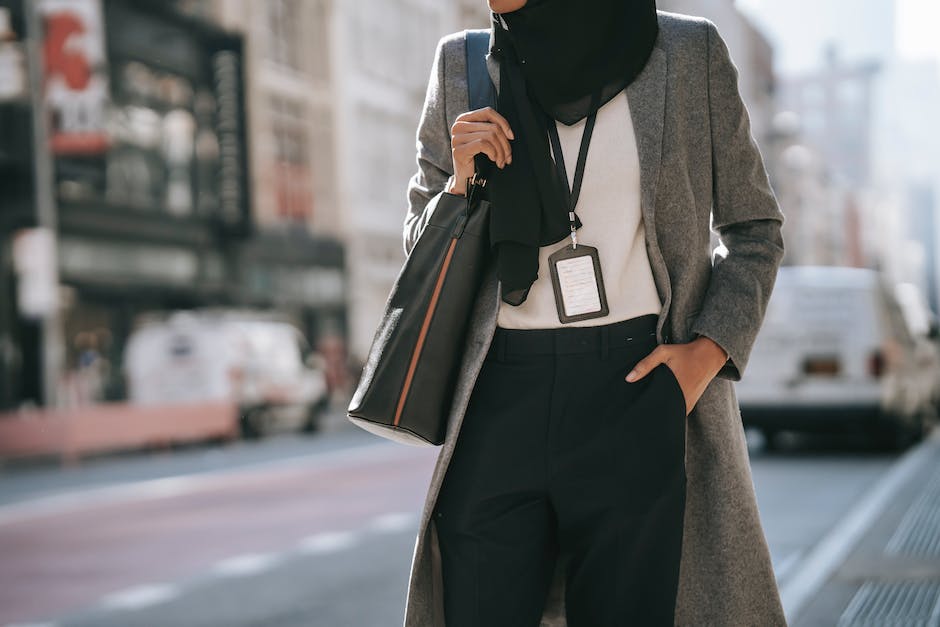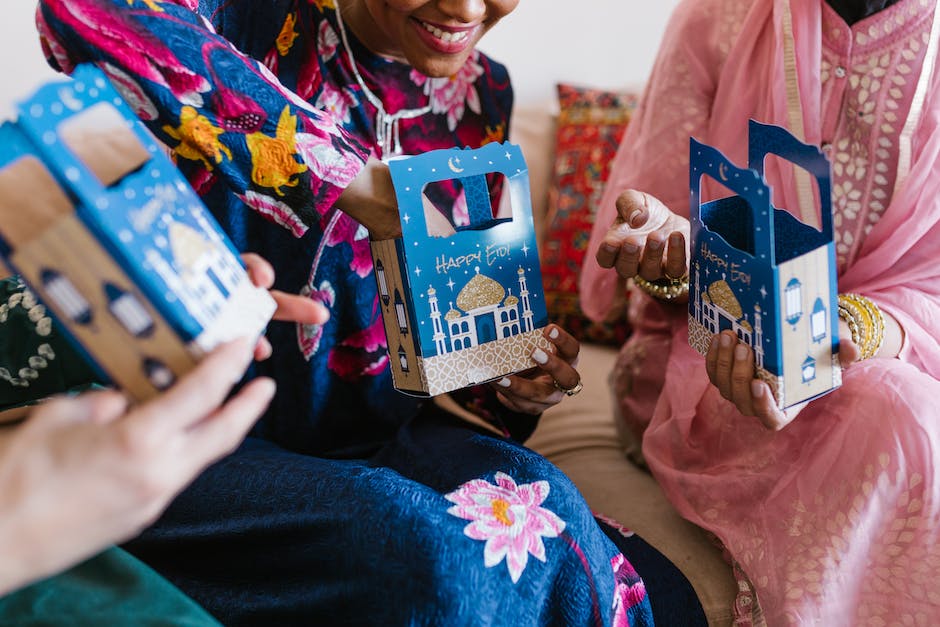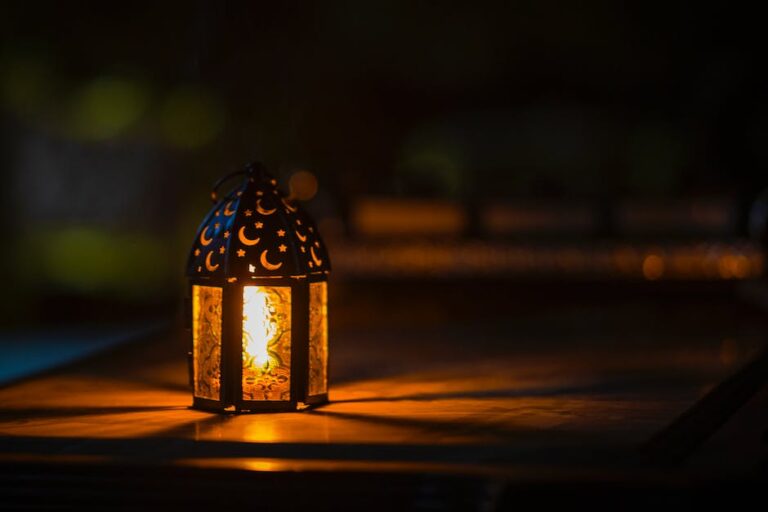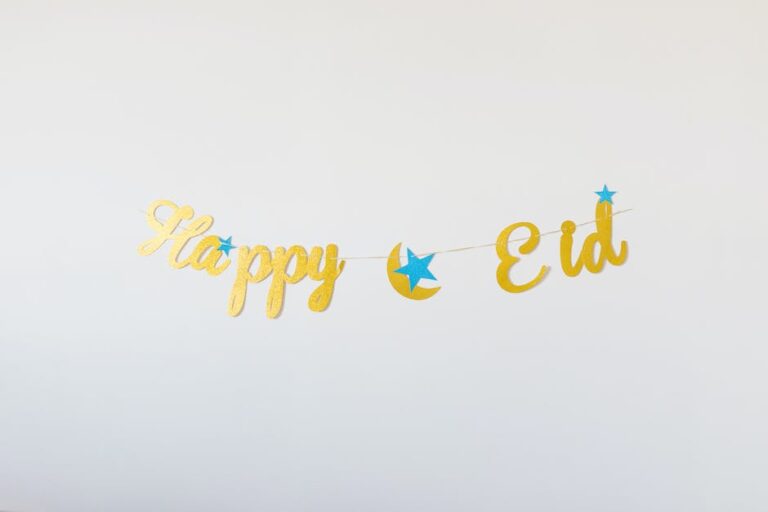Tips for Incorporating Islamic Fashion into Your Everyday Wardrobe
Islamic fashion is a term that encompasses clothing and accessories for both men and women, designed in accordance with Islamic dress codes and guidelines. It is also a way of expressing one’s faith while staying stylish and fashion-forward.
In recent years, Islamic fashion has gained attention on a global scale, with an increasing number of Muslim fashion designers and brands emerging in the market. The industry has expanded and diversified to meet the needs of Muslim consumers, providing them with a variety of options to choose from without compromising their religious values.
Moreover, Islamic fashion has become a way of breaking stereotypes and misconceptions surrounding Muslim women and their attire. As the industry grows in popularity, the increasing number of modest and fashionable clothing options makes Islamic fashion accessible to Muslim women of all ages, sizes, and cultures.
The Importance of Modesty in Islam
Modesty is an integral aspect of Islamic teachings and a fundamental element of the Islamic dress code. Islam emphasizes the importance of dressing modestly and covering one’s body in public. Modesty in Islam seeks to protect individuals from negative influences and promotes self-respect and self-restraint.
For Muslim women, modesty is often associated with the hijab (headscarf) and loose-fitting clothing that covers the body, excluding the hands and face. However, modesty applies to both men and women and goes beyond just clothing. It also includes one’s behavior, manners, and speech.
Modesty in dressing is a gesture of respect towards oneself, others, and the faith. It reflects the values of humbleness and simplicity that Islam promotes. It also helps shift the focus from physical appearance to other aspects of one’s personality, skills, and character.
Choosing Appropriate Clothing for Everyday Wear
Choosing the right clothing for everyday wear can pose a challenge, especially for those who want to incorporate Islamic fashion into their wardrobe. The key is to find clothing that is both stylish and complies with Islamic dress codes.
For women, clothing should be loose-fitting and cover the body, excluding the hands and face. Colorful hijabs and accessories can also be used to add personality to an outfit. For men, clothing should be modest and not clingy, with shorts being avoided in favor of pants. Accessories such as traditional headwear or statement watches can be used to add personality to an outfit.
It’s also important to consider the occasions and settings when choosing appropriate clothing. For example, events may call for more formal attire, such as long dresses for women or suits for men. Workplace dress codes also need to be considered to ensure that clothing complies with modesty standards.
With a little creativity and understanding of Islamic dress codes, it’s possible to incorporate Islamic fashion into your everyday wardrobe while staying true to your faith and personal style.
Navigating Workplace Dress Codes
Navigating workplace dress codes can be challenging for those wanting to incorporate Islamic fashion into their wardrobe. It can be difficult to balance the need to comply with modesty standards while also dressing professionally.
One approach is to invest in formal Islamic attire that is stylish and appropriate for the workplace. Long dresses, skirts, and modest blouses for women, and suits or traditional Islamic attire for men, are all good options. Plain colors or muted prints are more suitable for conservative workplaces, while brighter colors and bold prints can be worn in more relaxed environments.
It’s also important to be familiar with the company dress code and adapt accordingly. For example, if the dress code prohibits headwear, then women can wear their hijab in a style that does not cover the neck, while men can opt for traditional Islamic headwear in a neutral color.
Accessorizing with Islamic Fashion
Accessories are a great way to add personality to an outfit and incorporate Islamic fashion into your everyday wardrobe. There are many options available, including jewelry, scarves, bags, and shoes, that are both fashionable and comply with Islamic dress codes.
Hijabs are a popular accessory for women and come in a variety of styles, colors, and fabrics. They can be wrapped in different ways to complement an outfit and add a touch of elegance. Jewelry can also be worn, but should not be too flashy, and should complement the outfit rather than overpower it.
For men, traditional Islamic headwear, such as the taqiyah or kufi, can add a touch of style and cultural significance to any outfit. Watches and rings can also be worn, but should be understated and not too flashy.
Exploring Traditional Islamic Attire
Traditional Islamic attire has a rich history and cultural significance, and exploring it can be a great way to add a touch of authenticity to your wardrobe. The variety of styles and designs available means that everyone can find something that suits their taste.
For women, Abayas and Jilbabs are traditional Islamic gowns that are both elegant and modest, covering the whole body except for the hands and face. Thobes are long-sleeved garments that cover the whole body and are commonly worn by men in the Middle East and North Africa.
The Baju Melayu is a traditional Malay shirt worn by men, often paired with long pants and a songkok (traditional Malay hat). The Shalwar Kameez is a popular traditional dress among South Asian Muslims, consisting of a long tunic top and baggy pants.
Exploring traditional Islamic attire is also a way to connect with the history and cultural diversity of the Muslim world, while embracing modesty and style.

Breaking Stereotypes with Modern Islamic Fashion
Modern Islamic fashion has played an essential role in breaking stereotypes surrounding Muslim women and their attire. It has shown that dressing modestly does not need to be restrictive or outdated, and that women can be both fashionable and faithful to their religious beliefs.
Moreover, the increasing variety of options available in the market has made Islamic fashion accessible to Muslim women worldwide, regardless of their cultural background. It has also shown that the Muslim community is diverse and that personal style can be expressed while preserving religious values.
By breaking stereotypes and promoting diversity, modern Islamic fashion has become a way of promoting understanding and acceptance of Muslim culture and values. It has helped to build bridges between communities and foster respect and harmony.
Conclusion and Final Thoughts on Incorporating Islamic Fashion into Your Wardrobe
Incorporating Islamic fashion into your wardrobe can be a rewarding experience. By dressing modestly and stylishly, you can embrace your faith while also expressing your personality and creativity.
When choosing clothing, it’s crucial to be mindful of Islamic dress codes and guidelines while also considering your personal style and the occasion. For workplace attire, investing in formal Islamic attire and adapting to the dress code can help ensure that your clothing is both professional and modest.
Accessories are an excellent way to add personality to an outfit and express your love for Islamic fashion. Jewelry, bags, shoes, and headwear can all complement an outfit and add a touch of elegance.
Finally, exploring traditional Islamic attire and modern Islamic fashion can be a way to connect with the rich history and cultural diversity of the Muslim world. It also shows that dressing modestly does not need to be restrictive, but rather an opportunity to showcase your style and creativity.







